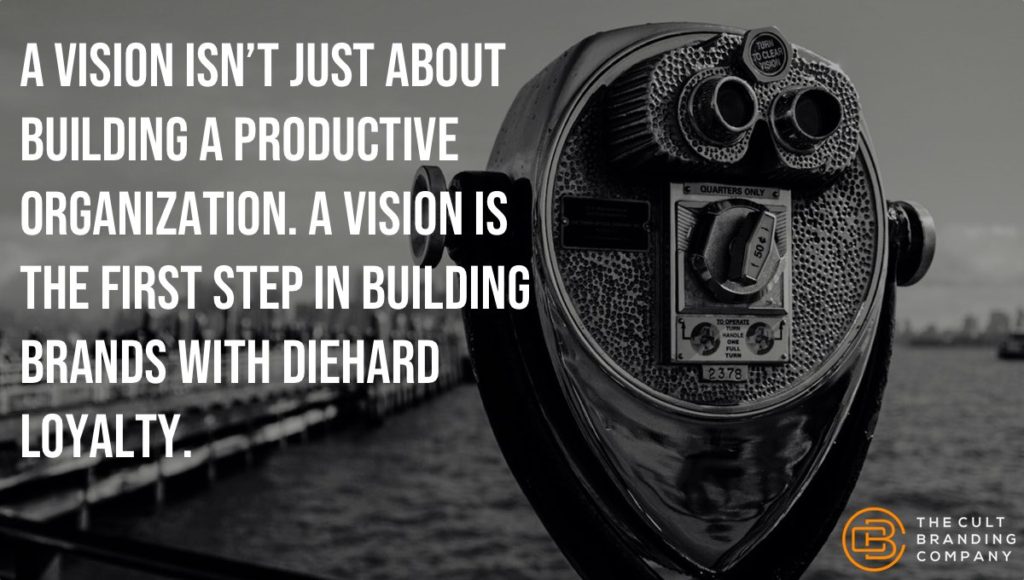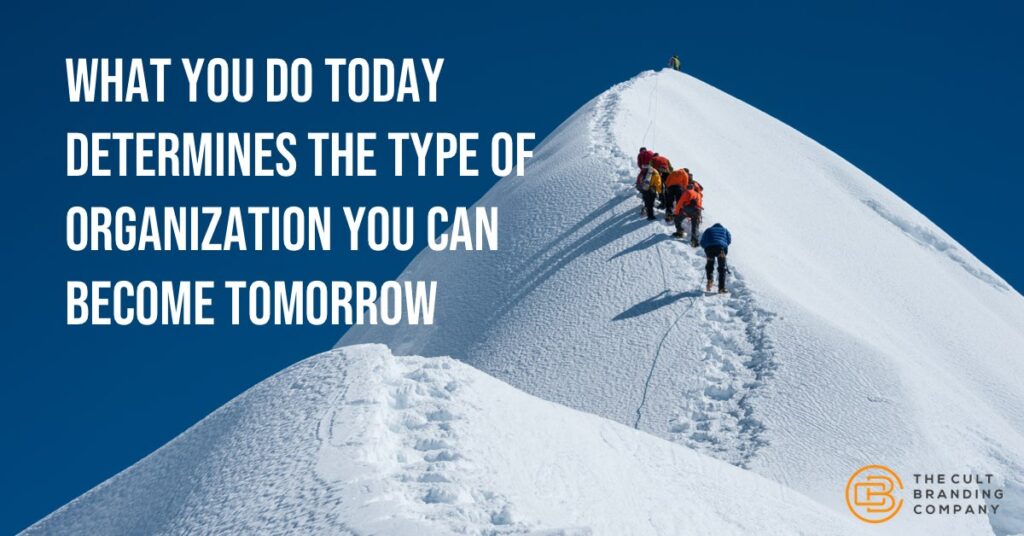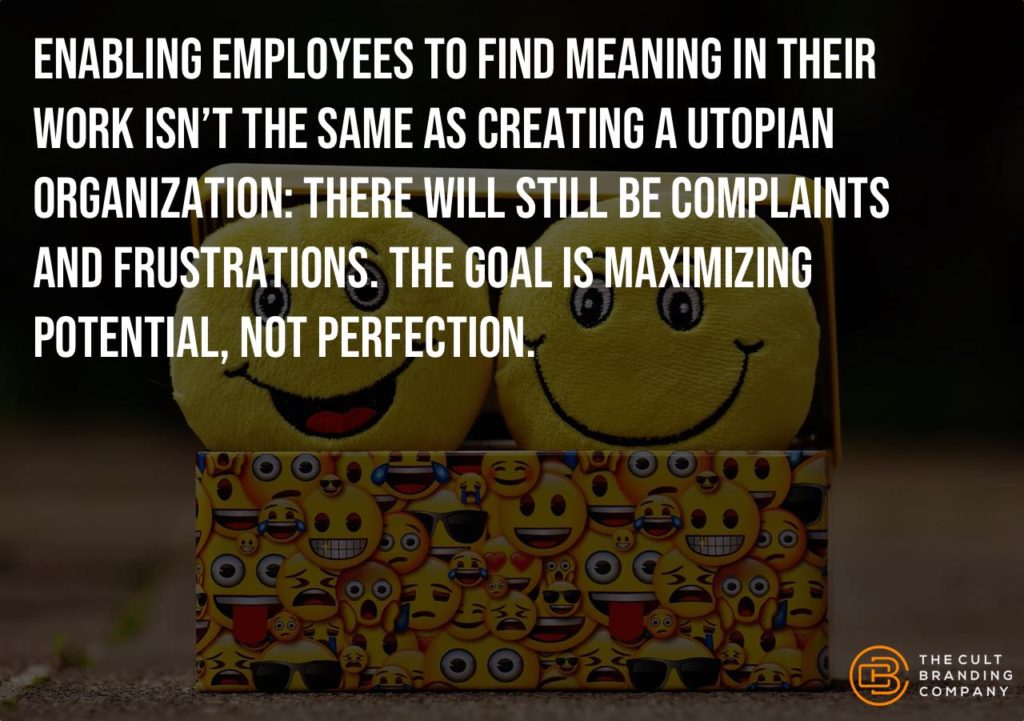Why Do You Choose To Lead?

It is important that we know where we come from, because if you do not know where you come from, then you don’t know where you are, and if you don’t know where you are, then your don’t know where you’re going. And if you don’t know where you’re going, you’re probably going wrong.Terry Pratchett[1. Terry Pratchett, I Shall Wear Midnight, 2010.]
As humans, we have the tendency to do what we have always done. What we have always done works, to some degree. But, what we have always done is not the best we are capable of being.
Over time, we develop ways of behaving and reacting. These ways are habitual because they served us at some point, in some situation. And, they are often unconscious: it’s just the way we do things. Yet, often these types of behaviors are not suited for the situations we employ them in.
We get caught up in the constant struggle to keep doing, instead of engaging in the practice of consistently becoming better.










![To be an effective leader, you have to be a really good listener. And, not to what’s being said, but to what’s not being said. You have to be really observant. That was a big transition for me: I went from being a scorer and a floor general to being a leader. And, that meant putting others first. That means not worrying about: Are you in rhythm? Are you playing well in this game? Are you ready to go? [It means going] to being: Are they ready? What can I do to help them be ready? That’s the big transition to make. You’ve gotta observe them, because they all have things they want to accomplish as individuals. And, as. Leader you’re like, “Okay, what are those things?” And, how can I help them accomplish that within the system, the structure that we are trying to do collectively. —Kobe Bryant](http://cultbranding.com/ceo/wp-content/uploads/2020/02/Leadership-Leaders-Kobe-Bryant-1024x643.jpg)